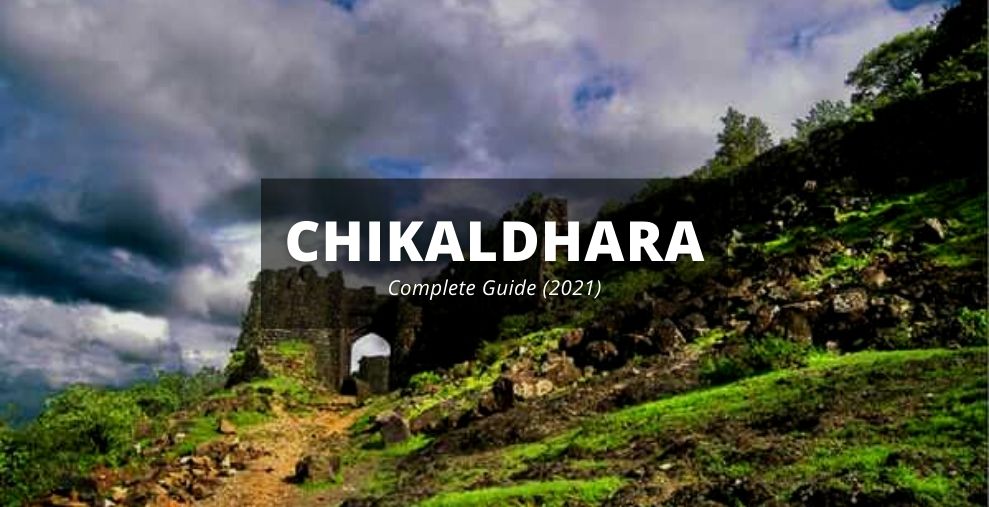The lovely Chikhaldara hill station is located in the Amravati area and is surrounded by various tourist attractions. Find the best time to visit Chikhaldara, as well as nearby attractions, activities, and other information. Formerly known as Keechakadara, where tradition has it that Bheema defeated Keechaka in a fight and tossed him into the valley, Chikhaldara is currently located in Maharashtra’s Amravati district, where the state ends and Madhya Pradesh begins. The location, which is 1088 metres above sea level, is the only coffee-producing hill station in the area, which is rich in flora and fauna and surrounded by the seductive beauty of nature.
How to Reach
The nearest airport to Chikhaldara is at Akola, which is 150 kilometres distant. Tourists can go to their location by cab. The nearest train station is in Bandera, 110 kilometres away, where taxis to Chikhaldara are available. It is also possible to drive from Nagpur, which is about 250 kilometres distant. Tourists from Nashik, Mumbai, and Pune need take a train or a flight because they are almost 525 kilometres away from the location, whereas inhabitants of Aurangabad can drive for six hours to traverse the 357 kilometres.
Best Time to Visit
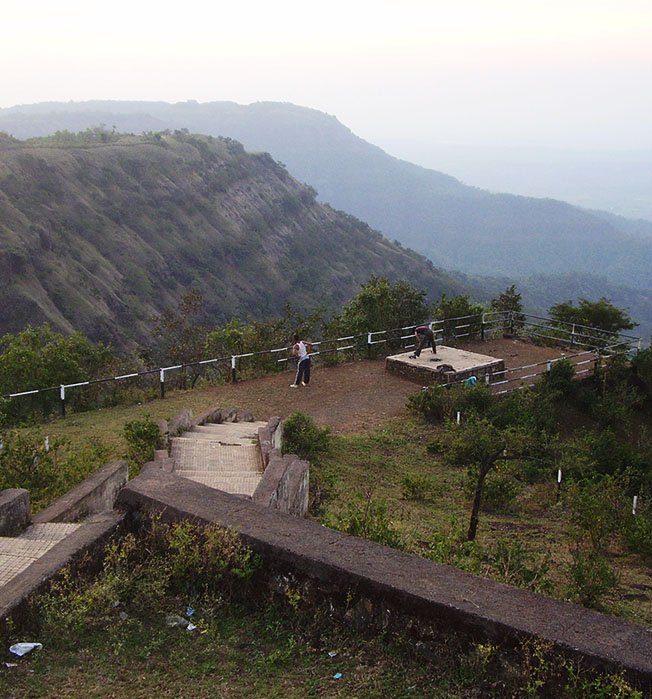
Chikhaldara is a charming hill station that may be visited at any time of year, though it is most popular as a summer vacation spot. This time of year, the chilly and breezy weather makes it an ideal destination to escape the heat. The entire area is surrounded by lush green trees and various hills, creating a gorgeous setting. You can relax and refresh your body by participating in activities such as trekking, walking, and swimming. The weather is also ideal for getting lost in the wilderness, with a hint of warmth. Apart from the summers, the winters and monsoons have a temperate environment, making a visit to Chikhaldara at any time of the year a pleasurable and rewarding experience.
Places to Visit
Bhim Kund
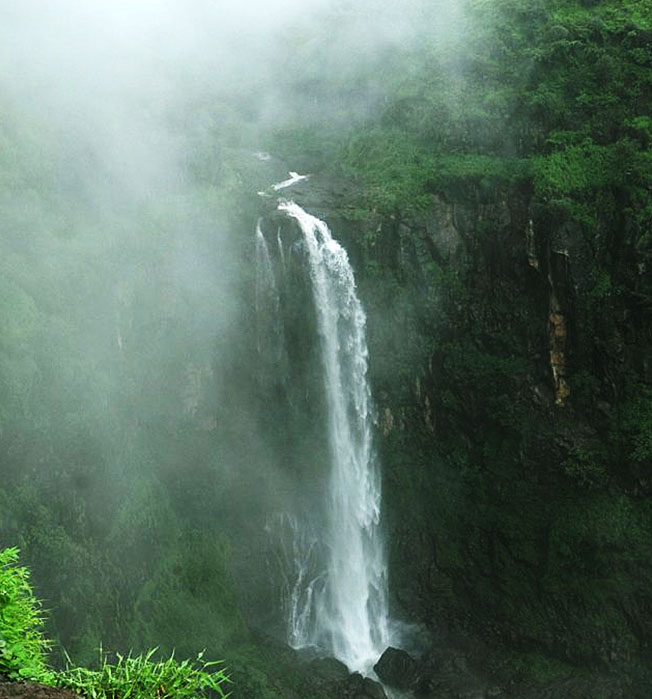
The Bhim Kund – Kichakdara site in Chikhaldara holds great significance for the local religious followers. The Bhim Kund, near Alladoh hamlet, is over 3,500 feet deep. Bhima, the most powerful of the Pandavas, is said to have killed Kichaka and thrown his body deep into the valley. This is where the name of the location comes from. This vantage point provides a spectacular view of the neighbouring rushing waterfalls, which is especially beautiful during the rainy season.
Melghat Tiger Reserve
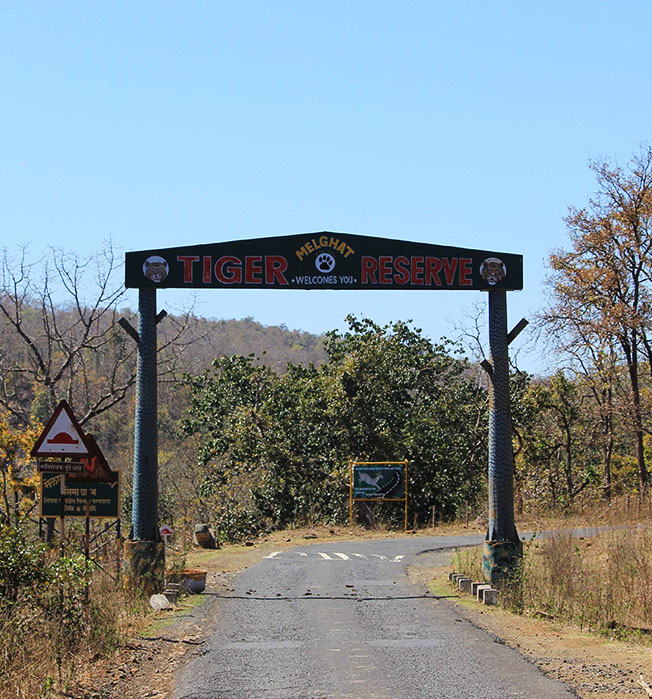
Melghat Tiger Reserve is located in Maharashtra’s Amravati District, in the northern part of the state. It is one of Project Tiger’s nine identified tiger reserves. It is located atop Gavilgarh Hill, a southern offshoot of Central India’s Satpura Hill Ranges. The reserve is a hill forest zone with heavy undergrowth and a preponderance of teak trees. The Melghat Tiger Project spans 1677 square kilometres and is home to 82 tigers as well as other wildlife such as panthers, sloth bears, sambar, wild bears, and wild dogs. Eagles are frequently seen in Melghat.
Because it is in the Tapti River’s catchment area, this area is also a water collecting forest. It provides some of the freshwater that residents in the area need.
Panchol Point
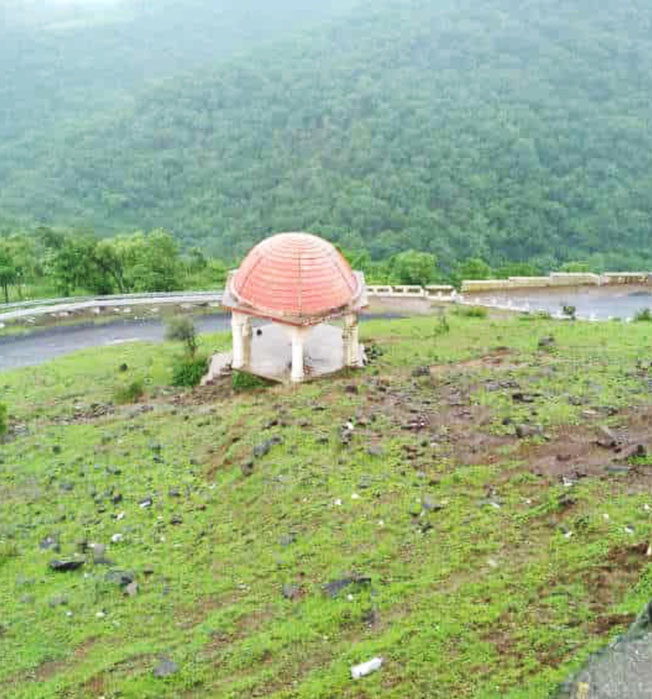
This is one of the area’s most well-known and significant landmarks. From the north side of the Bir Lake, there is a tar road that leads to this valley. On your route to the point, you’ll pass through coffee farms.
This is 4 kilometres from Bir Lake. This is a large valley with a lot of depth. When you let out a voice, you can hear at least 5 reflected sounds since the five hills’ edges are naturally connected, which has also connected all the valleys. It’s far too visible in this instance. As a result, this point is also known as Five Eco Point or Panchbol Point. In fact, four reply voices may be heard; the fifth is barely audible.
Gwaligarh Fort
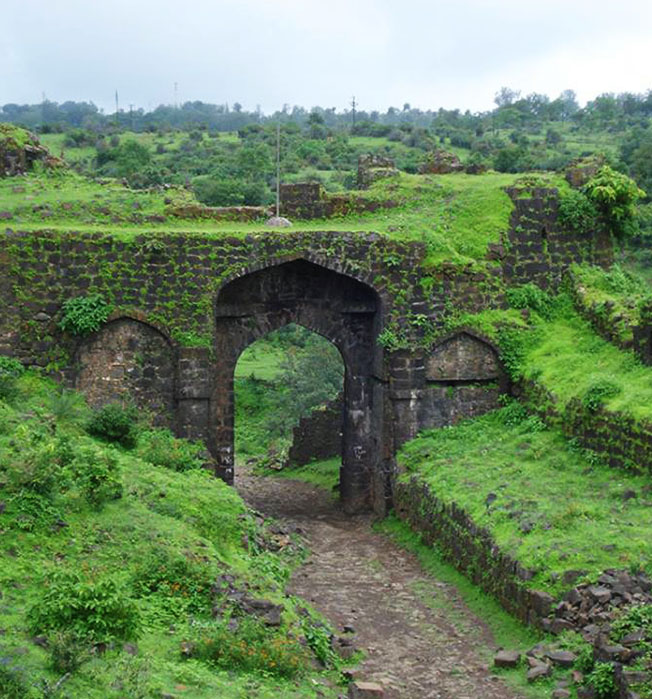
The Gawilgarh Fort, which is located on the Chikhladhara Plateau, was built about 1000 years ago, in the 12th century. This structure was built by the King of Gawali at the time. The Bara Darwaza at the fort’s entrance is a stunning sight to behold, standing tall as the fortress’s major point of entry.
Narnala Fort
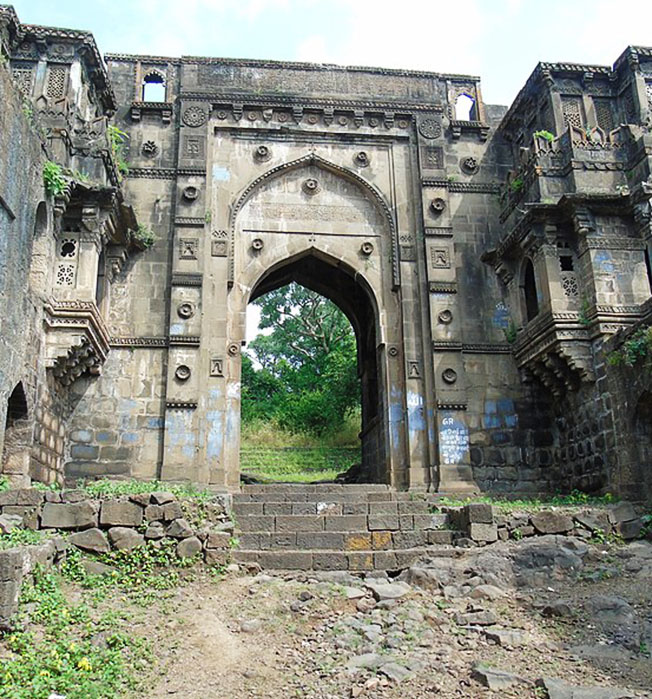
The Narnala Fort, which stands towering and proud on an unaccompanied hill in the Satpura mountain range, is a testament to the Mughals’ long history and amazing design. This magnificent fort was one of Berar Subah’s thirteen’sarkars,’ and it retains fascinating evidences of the Mughal Dynasty’s splendour, including the legendary 27-foot cannon, Kadak Bijli. The Narnala Fort, perched on a lonely hill at a height of 973 metres, gives a panoramic view of the Satpura hills. The captivating splendour of the fort is absolutely iconic, surrounded by a blanket of green and with a backdrop of the vivid blue sky.
Bir Lake
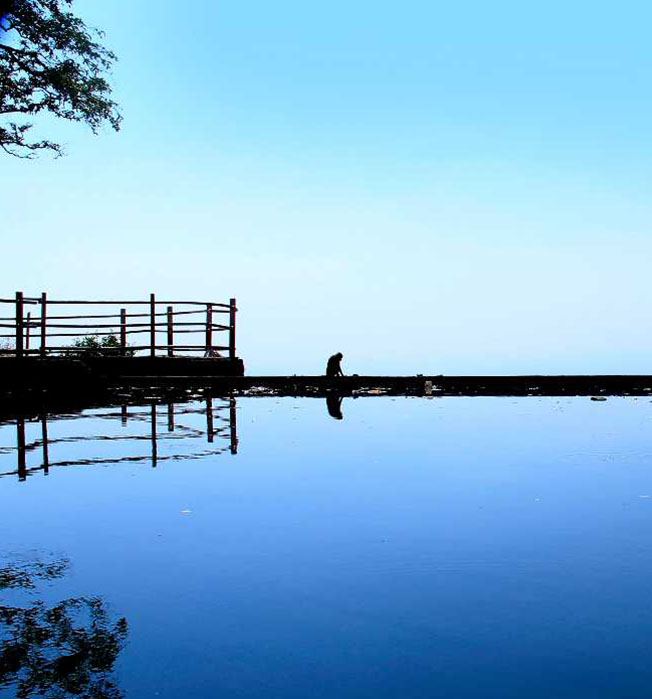
Bir Lake is a man-made lake that was built around 1890 under the British rule in India. It was constructed around 120 years ago. Basalt was used to construct this lake, which was formerly a source of water for the settlement of Chikhaldara. Nearby, there is also an old garden that is no longer maintained.
